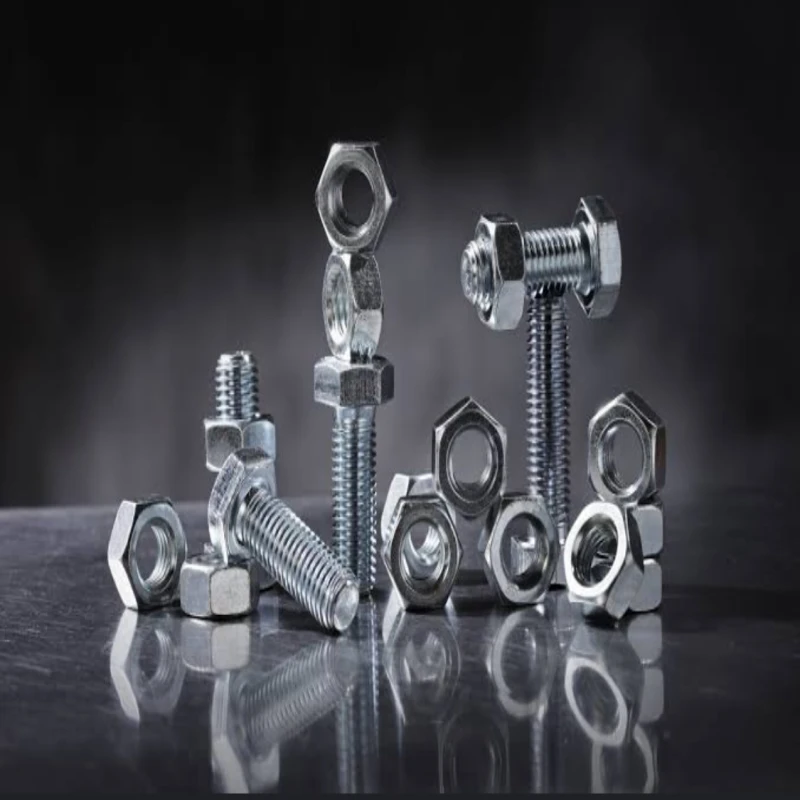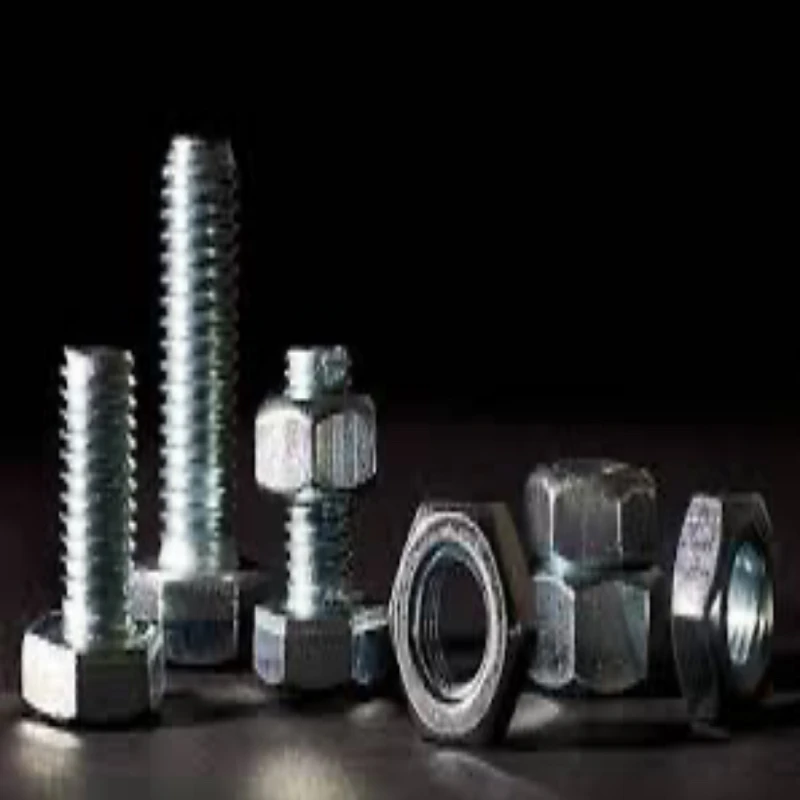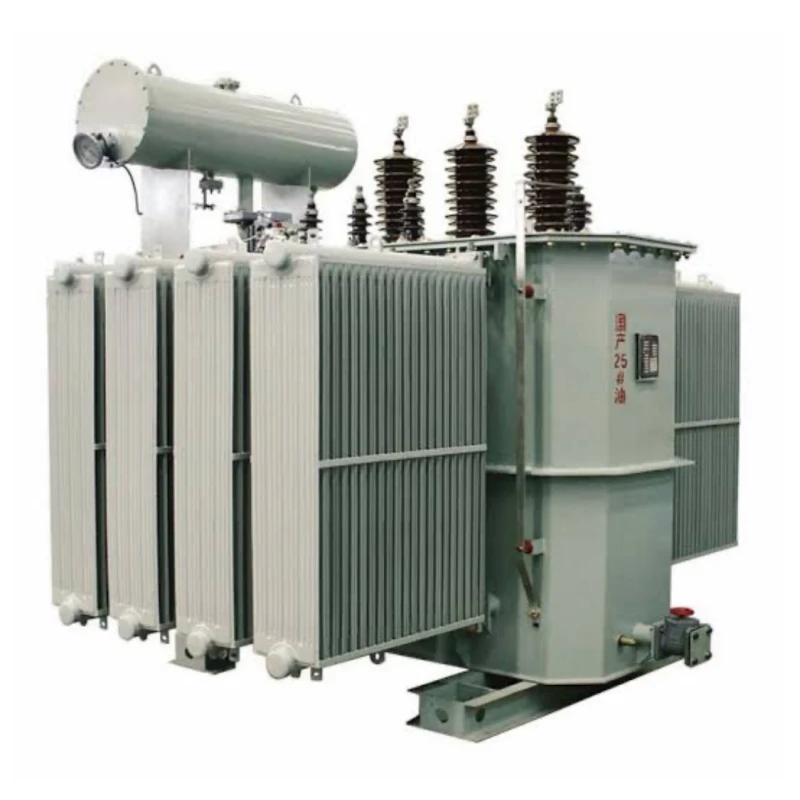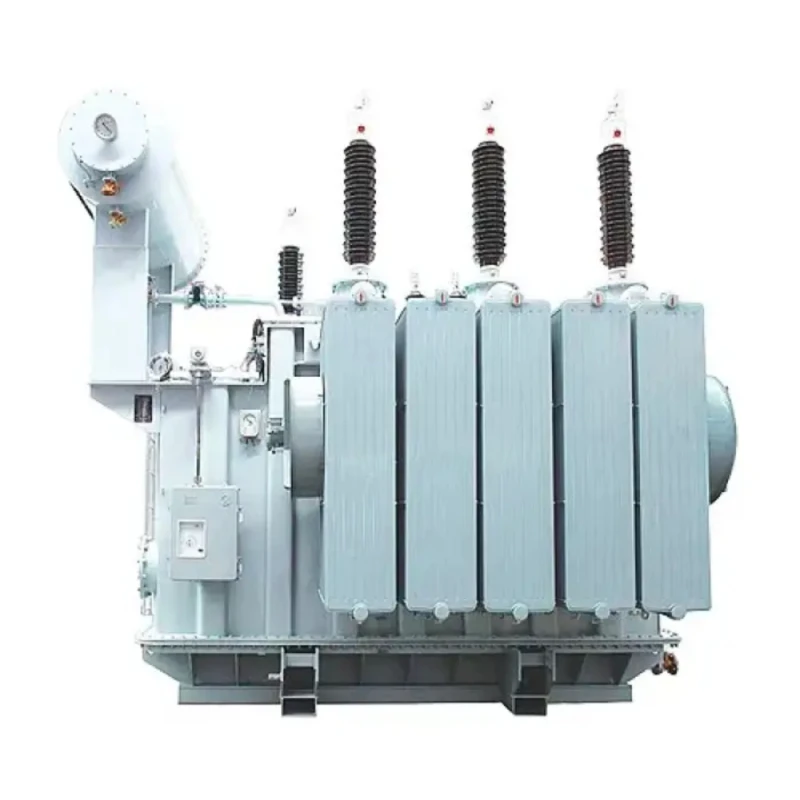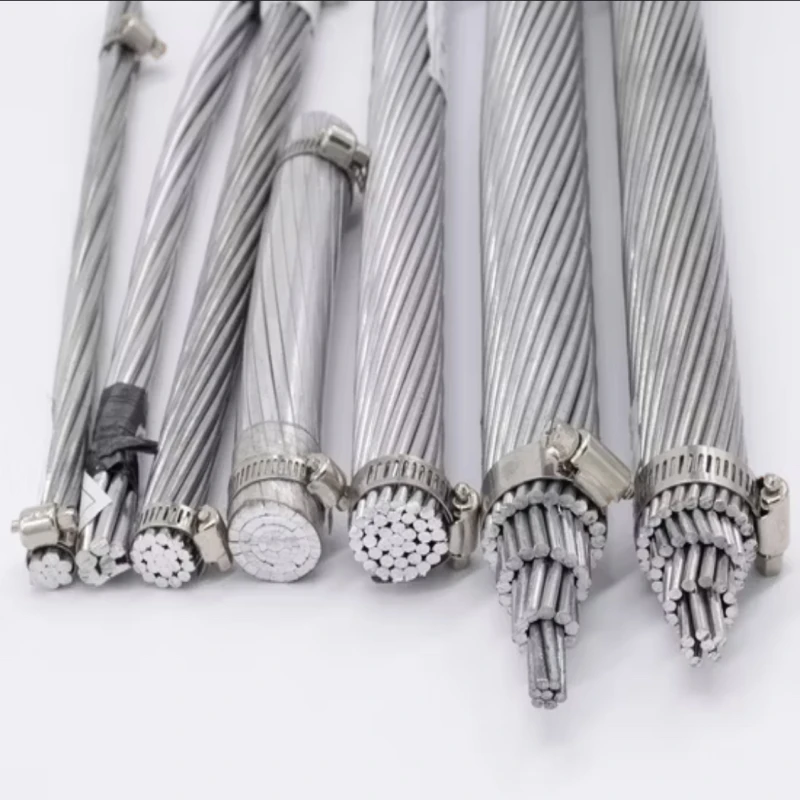-
Bolts are threaded fasteners with external threads. They are designed to be inserted through a component and secured with a nut on the other side.
-
Bolts typically consist of a threaded shaft and a head, which can be various shapes like hexagonal, square, or other specialized designs.
-
Bolts are used to create a strong and secure connection by tightening the nut against the bolted components.
- Function: Nuts are internally threaded fasteners designed to mate with bolts.
- Purpose: Nuts are tightened onto the bolt to create clamping force, holding the components together and preventing axial movement.
- Types: Nuts come in various shapes and sizes, but the most common is the hexagonal nut.
- Threads: Bolts have external threads, while nuts have internal threads.
- Joining Mechanism: Bolts are inserted and secured with a nut, while screws form their own threads or use pre-existing threads.
- Tightening: Bolts are typically tightened by turning the nut, while screws are tightened by turning the head.
-
Bolts and nuts are available in various materials like steel, stainless steel, and brass, each suited for different applications and environments.
-
Bolts and nuts come in various sizes and grades, with different strengths and thread pitches. Huyett offers information on nut and bolt sizes.
-
There are various specialized types of bolts for specific applications, such as carriage bolts, flange bolts, and eye bolts.
-
The phrase "nuts and bolts" is also an idiom that refers to the practical, essential details of something, as opposed to abstract ideas or theories.

 APPLIANCES
APPLIANCES ELECTRIC AND POWER
ELECTRIC AND POWER ELECTRONICS
ELECTRONICS FOOD
FOOD GADGETS
GADGETS KITCHEN
KITCHEN SOLAR SOLUTIONS
SOLAR SOLUTIONS